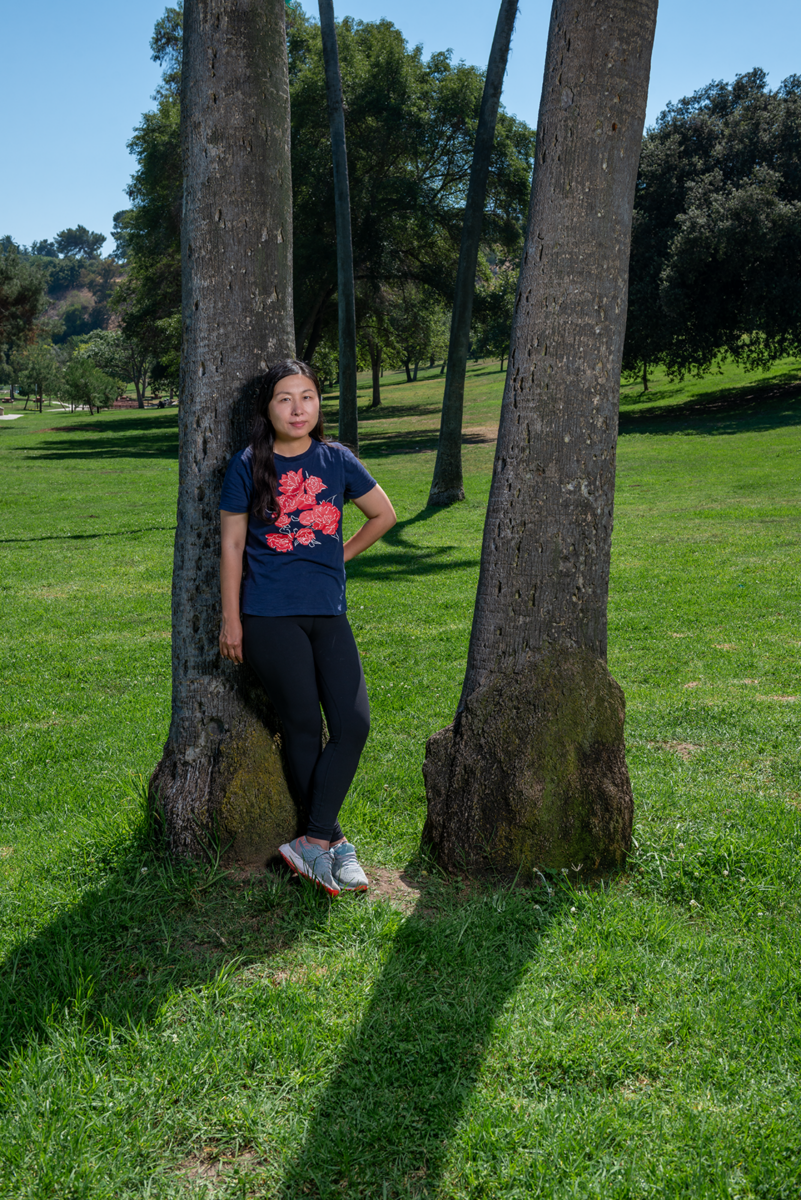Photo Essay: ‘Human Centered’ The USC School of Advanced Computing in 23 Images
If you Google “computing,” you will soon be engulfed in images of circuit boards, robot heads and glacial blue lines of code. Nearly everything is cold and dark and vaguely dystopian.
In 23 images, this photo essay is an attempt to express some of the warmth, the humanity, behind the newly christened USC School of Advanced Computing. After all, the new school is located in the Dr. Allen and Charlotte Ginsburg Human-Centered Computation Hall.
Meet some of the Trojan engineers who wield 21st century computing power to aid, enable and inspire their fellow humans.
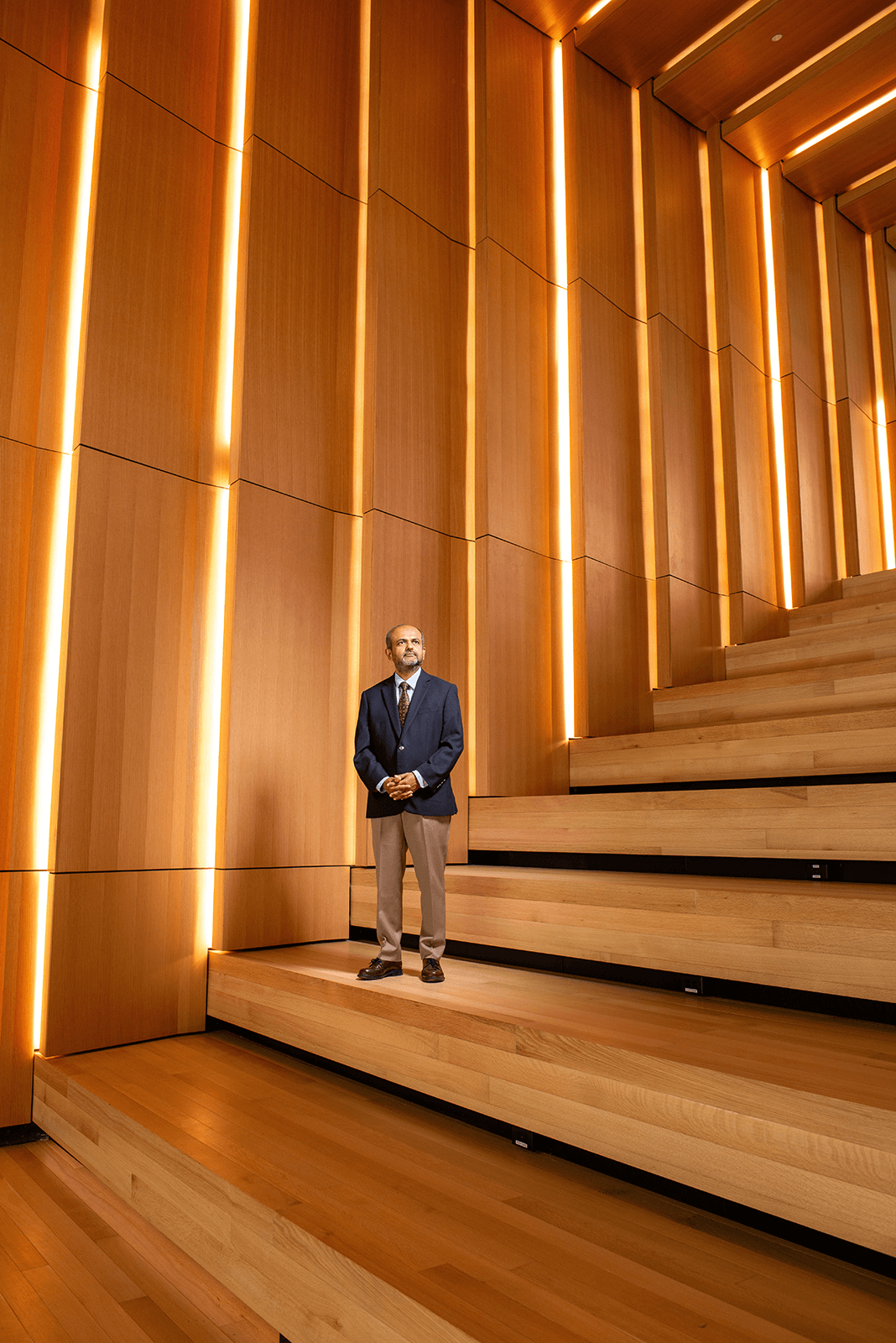
Gaurav Sukhatme
“Computing has changed the world in ways that were unimaginable when I started at USC as a graduate student more than 30 years ago,” said Professor Gaurav Sukhatme, the inaugural director of the USC School of Advanced Computing.
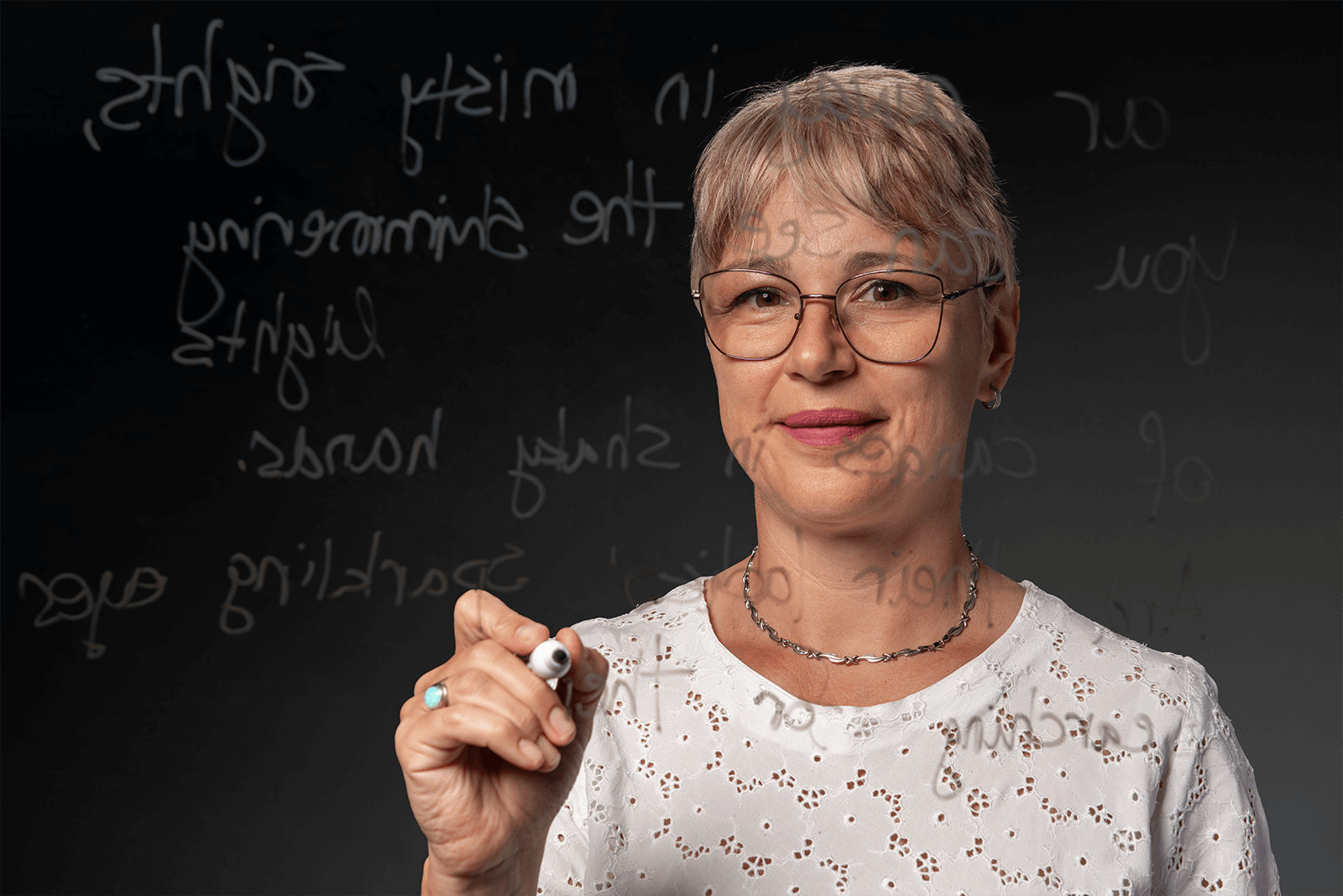
Jelena Mirkovic
For the last decade, Jelena Mirkovic, USC Viterbi research associate professor of computer science, has studied the memorability and security of passwords, and the ways in which these two are often at odds. Mirkovic likes five-to-seven-word passwords or phrases — she is fond of writing poetry — often mixing languages like English and her native Serbian.
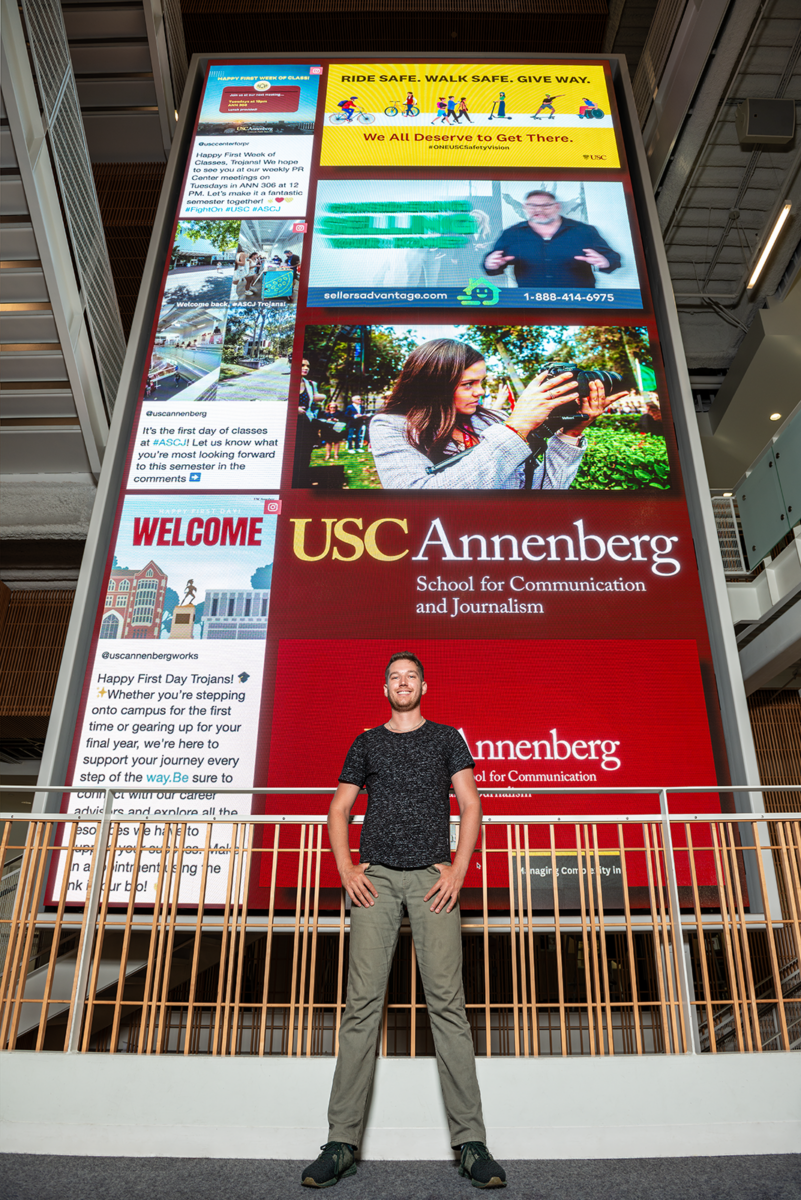
Alexander Spangher
Alexander Spangher, a Ph.D. student in computer science and former New York Times data scientist, enlists AI to help journalists in resource-challenged local newsrooms. For example, AI could review the minutes of thousands of city council meetings and suggest new story leads or ID new and diverse sources for those stories.
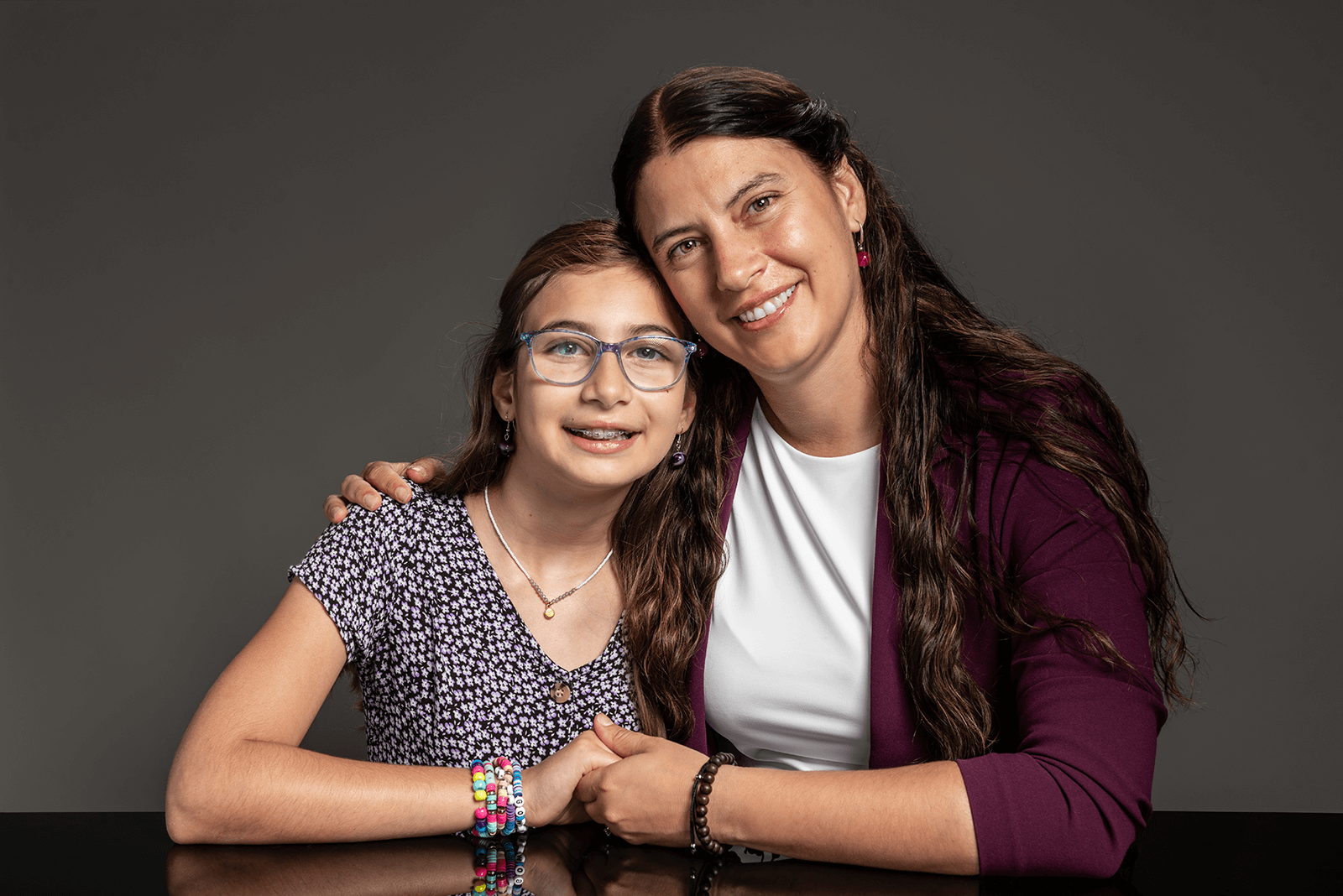
Bistra Dilkina
The co-director of the Center for AI in Society (CAIS) — one of the first “AI for good” research centers in the U.S. — Professor Bistra Dilkina (pictured here with her daughter) has leveraged AI to fight poachers, protect L.A.’s water supply in the event of an earthquake and study the potential of sea level rise to trigger mass American migration to inland cities.
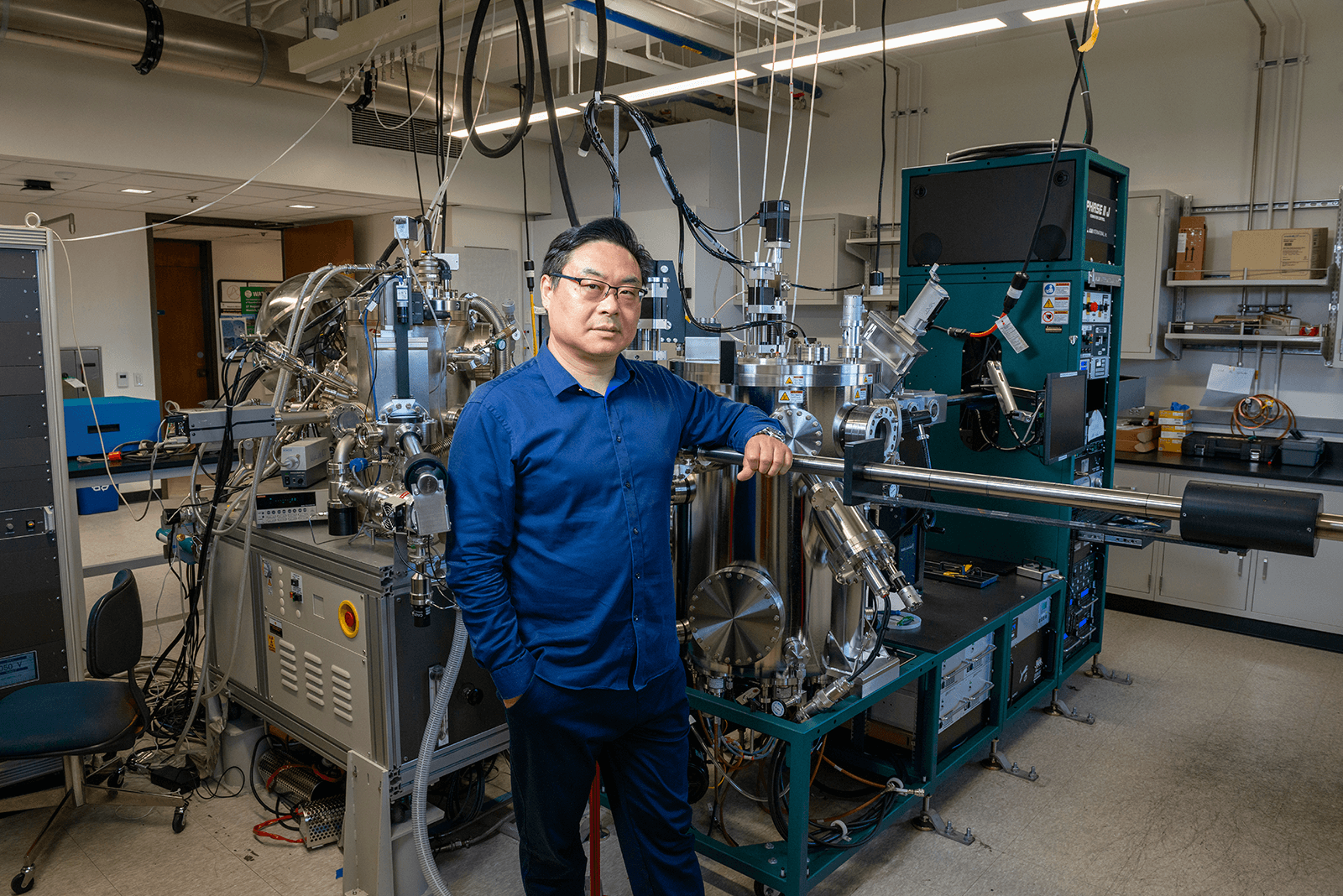
Joshua Yang
“The brain is the most energy-efficient computer known so far — way better than any supercomputer,” said J. Joshua Yang, the Arthur B. Freeman Chair Professor in the USC Ming Hsieh Department of Electrical and Computer Engineering. He leads a five-university center on neuromorphic computing, seeking to unlock similar efficiencies for the energy intensive age of AI.
Yan Liu
Growing up in China, Professor Yan Liu’s father wanted her to become a doctor like him. Years later, when her father was diagnosed with prostate cancer, Liu partnered with the Keck School of Medicine of USC to design AI solutions to improve surgical training and create better patient outcomes. Said her father: “Maybe [my daughter] found the best way to help people and save lives after all.”
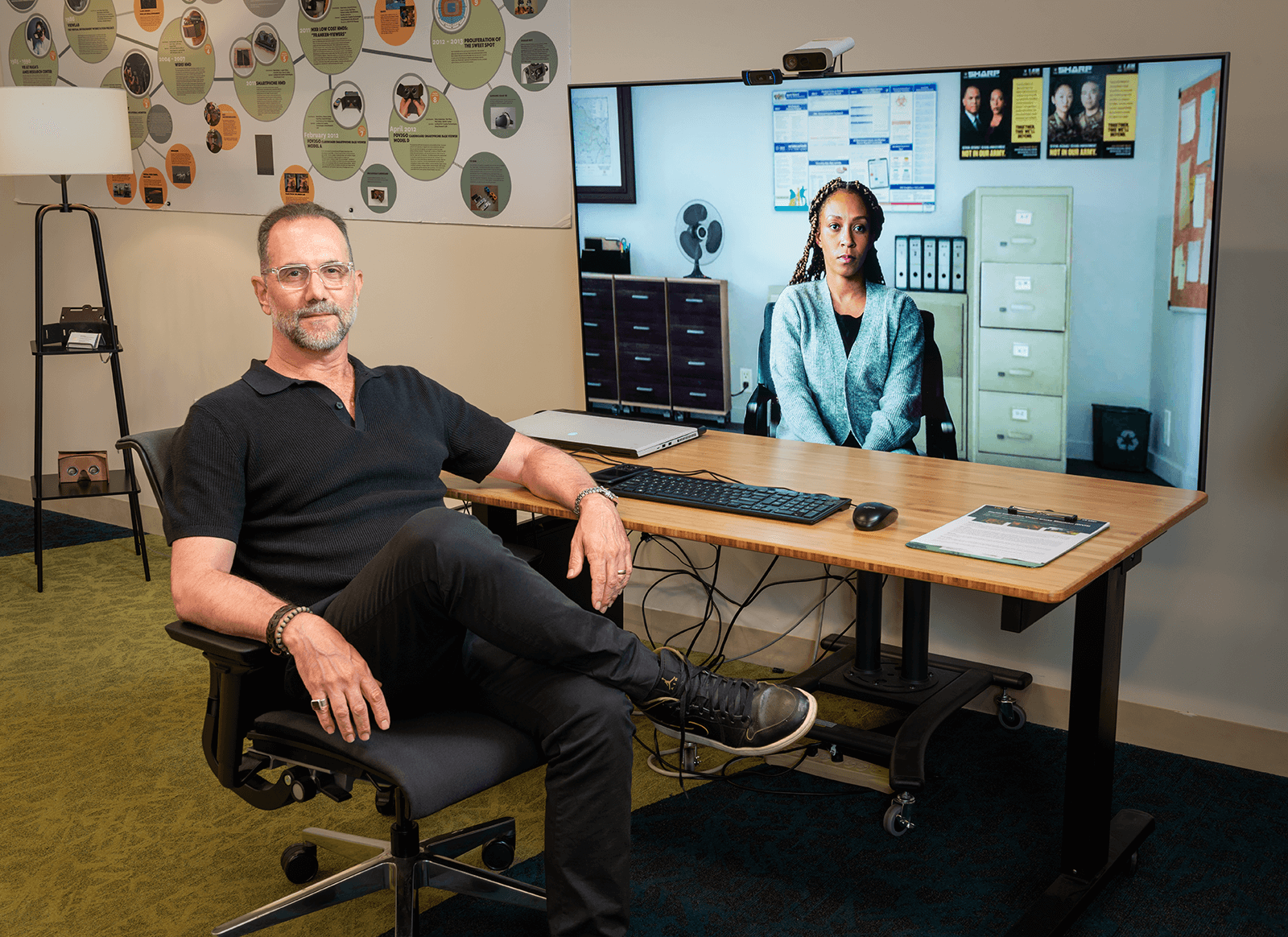
David Nelson
David Nelson, an award-winning film producer and director of the Mixed Reality Lab (MxR) at the USC Institute for Creative Technologies (ICT), has overseen projects like the Digital Interactive Victim Intake Simulation (DIVIS), a simulator to help train military sexual assault response coordinators so the stories of victims are heard and appropriately handled.
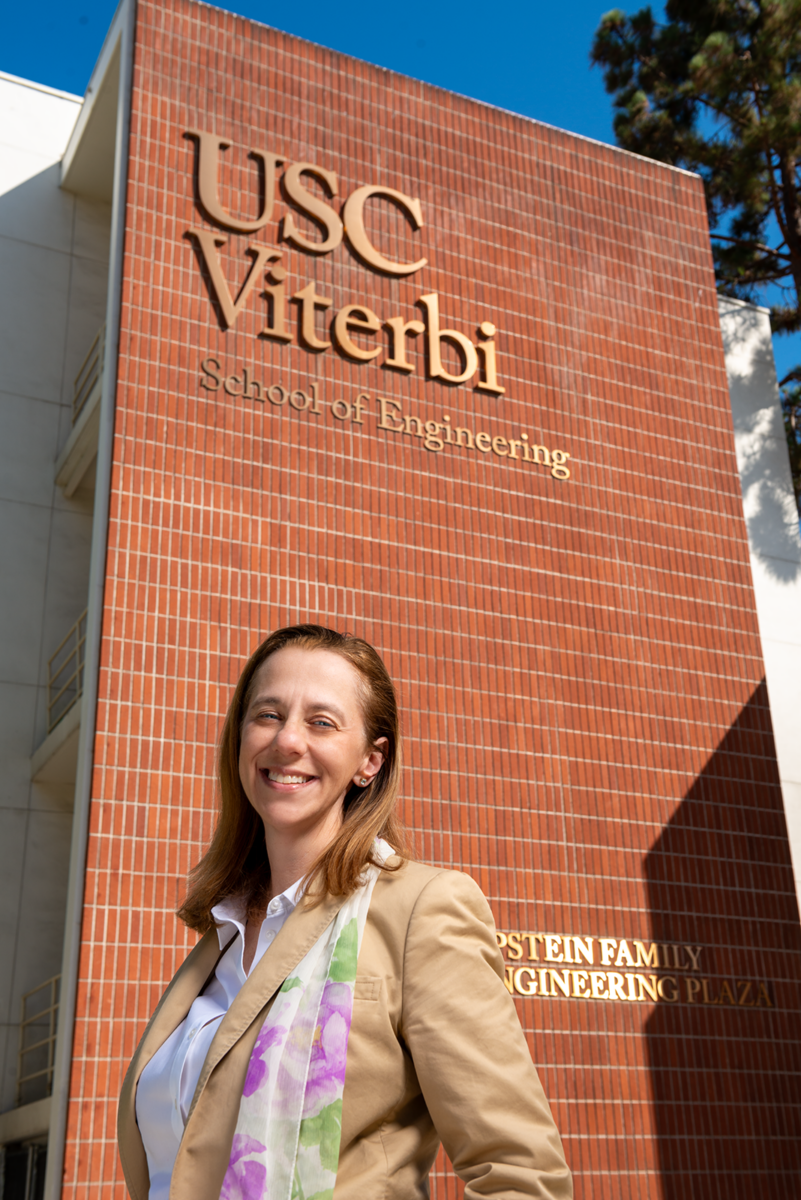
Andrea Belz
“I am a physicist by training, so I like grand unified theories; frameworks where everything fits together,” said Andrea Belz, USC Viterbi vice dean of transformative initiatives. As director of translational strategy for California DREAMS — a $27 million consortium of 16 universities and companies to boost microelectronics production for 5G/6G — Belz brings people together to build something bigger. “The whole is bigger than the sum of the parts.”

Massoud Pedram
Massoud Pedram is inspired by the outdoors, particularly lush, green landscapes. Unsurprisingly, his work in green computing has led to a coveted NSF Expeditions in Computing Award in 2022. He seeks to revolutionize computing devices with 100 times the energy efficiency or 10 times the processing speed.
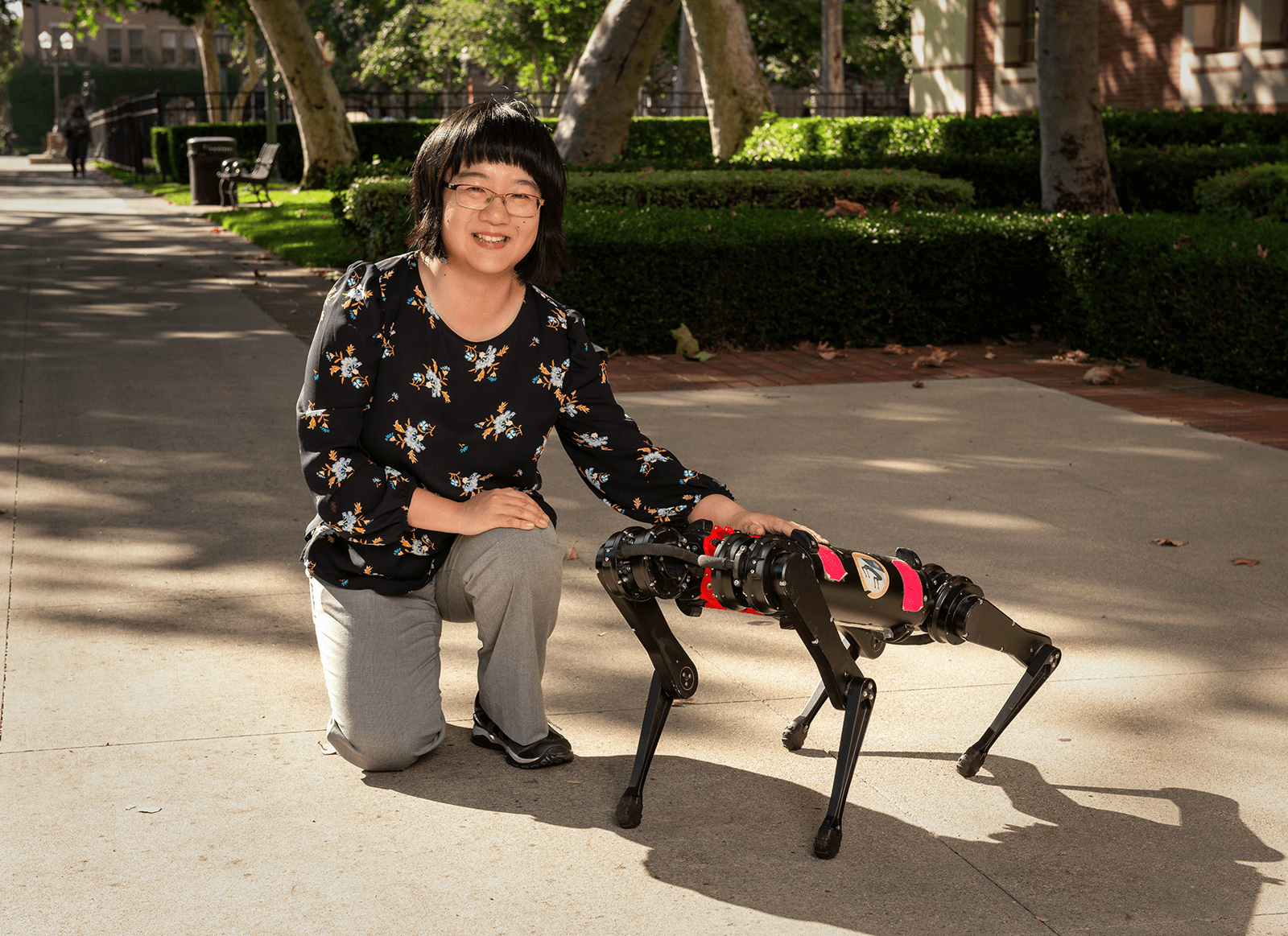
FeiFei Qian
FeiFei Qian adores snowboarding. One day she hopes to teach her lab’s adventurous robot dogs how to snowboard, too. Her lab develops robots that “can traverse the most challenging terrains, while collecting information that can allow us to better understand our earth and other planets.” Sponsored by NASA, they’ve already traveled 6,000 feet up Oregon’s snow-capped Mount Hood.
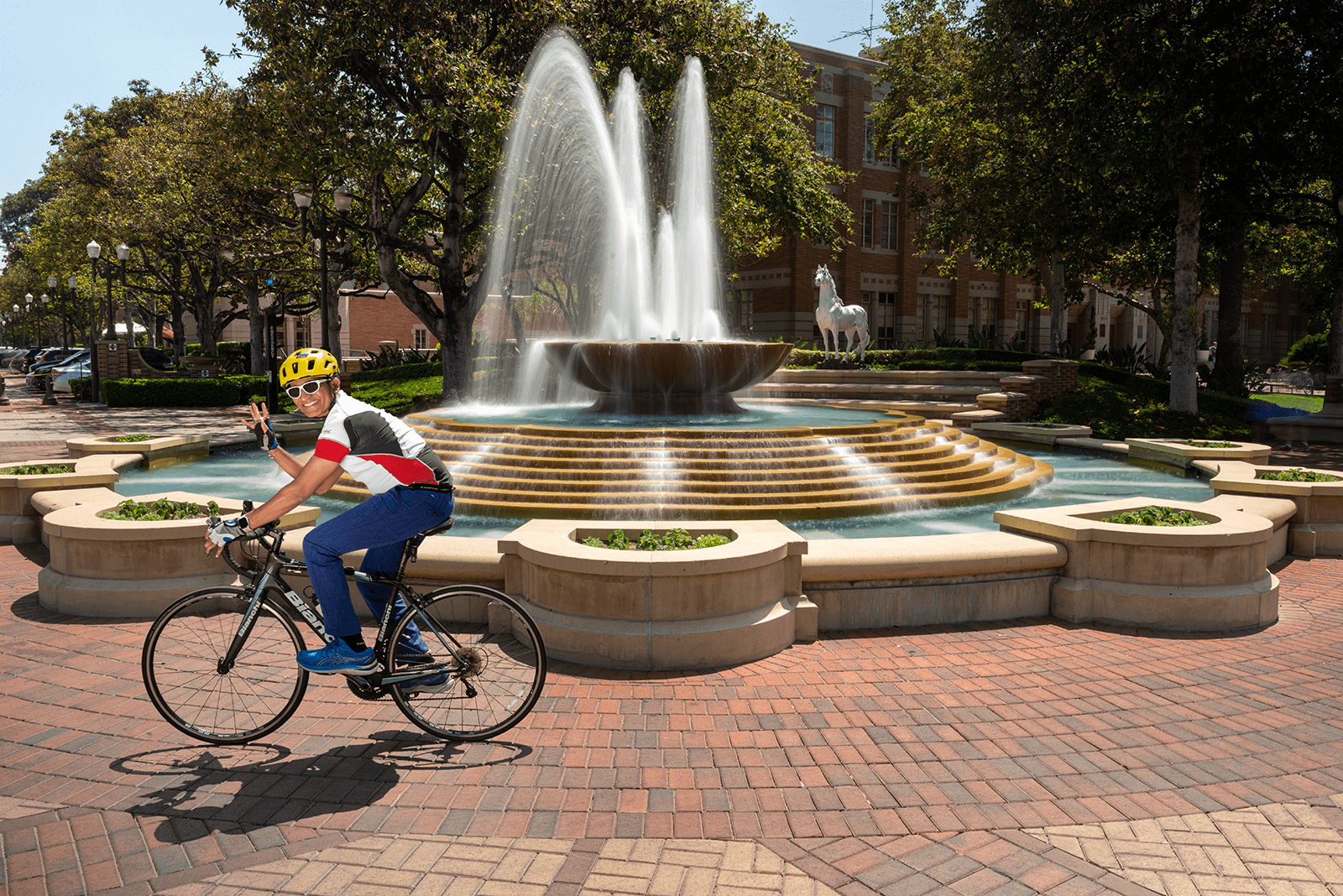
Murali Annavaram
Professor Murali Annavaram is an L.A. anomaly — a bicycle commuter, riding over 5,000 miles each year. Passionate about both energy efficiency and privacy, Annavaram was inspired by his time as a visiting researcher at Meta, imagining ways to bring energy-efficient hardware to planetary-scale computer systems. Today, he is co-director of a Meta-backed research center, REAL@USC-Meta Center.
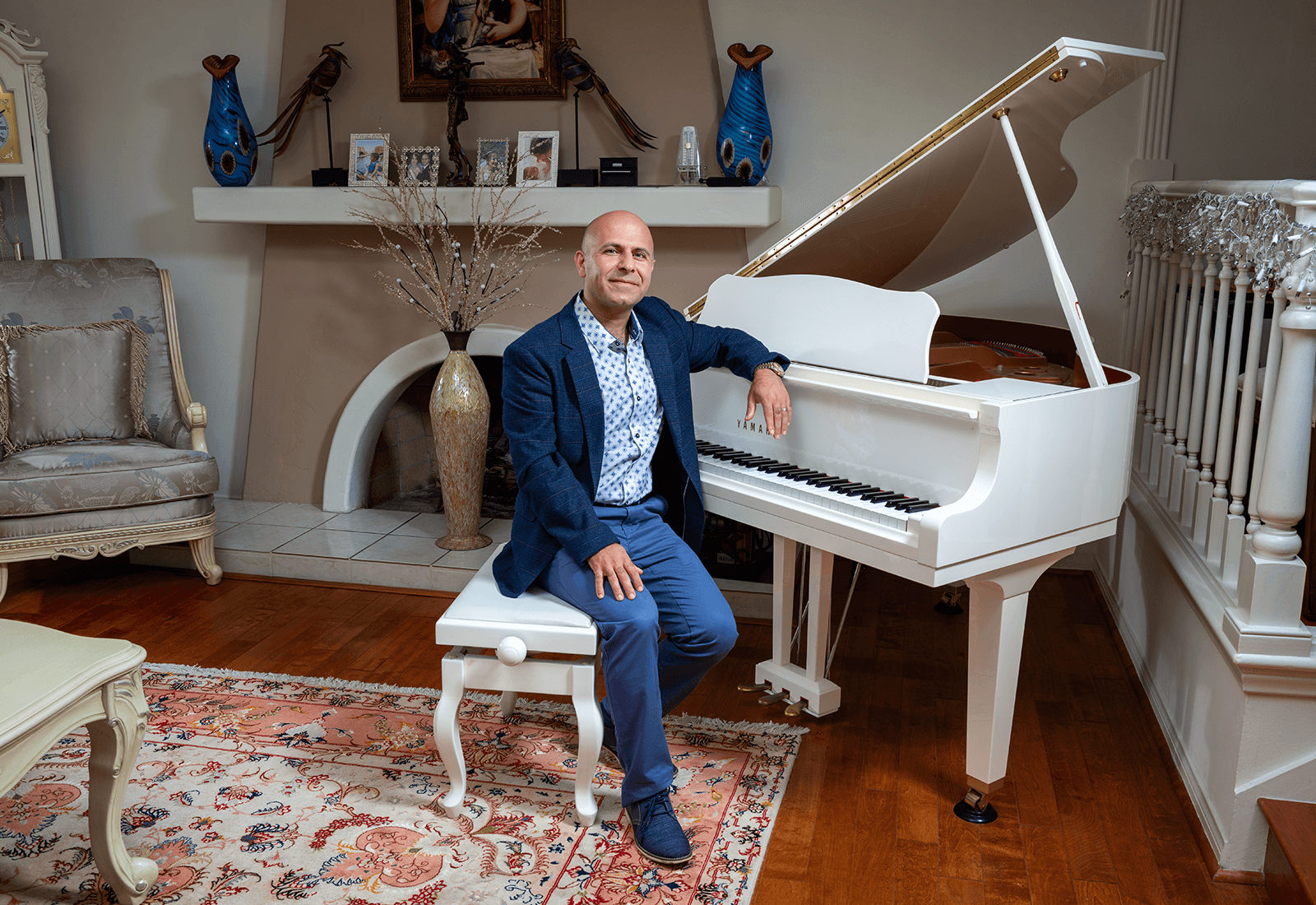
Salman Avestimehr
Professor Salman Avestimehr, electrical engineer, entrepreneur and pianist, revels in Rachmaninoff’s Piano Concerto No. 2, which, like his work in collaborative machine learning, requires immense technical skill and virtuosity. Avestimehr is not only the director of the USC + Amazon Center on Secure & Trusted Machine Learning, but also an entrepreneur; his startup, TensorOpera, recently raised $17.5 million in seed funding.
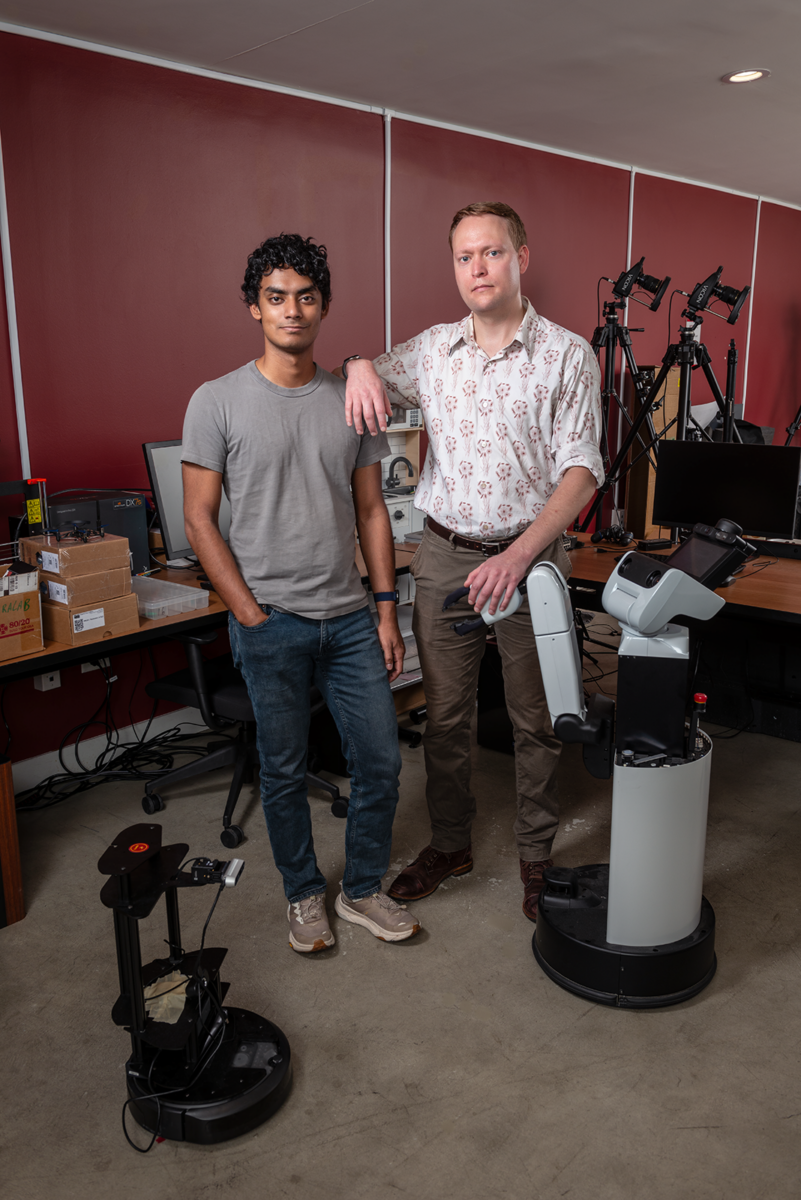
Jesse Thomason & Abrar Anwar
In the GLAMOR Lab, led by Jesse Thomason, researchers like Abrar Anwar, USC Viterbi Ph.D. student, explore vision-and-language navigation (VLN) for robots: the task of translating natural language commands — like “go into the hallway and take a left at the second door to find the master bedroom” — into sequences of actions.

Jaspreet Ranjit
Can computing play a role in addressing homelessness? Jaspreet Ranjit, a Ph.D. student, won the Best Student Poster Award from the USC Center for AI in Society, collaborating with researchers in the USC Suzanne Dworak-Peck School of Social Work. Her team used large language models (LLMs) to analyze 2.4 million tweets about homelessness between 2021 to 2023 to aid advocacy groups with a better understanding of changing public attitudes. Ranjit also works alongside School on Wheels, an organization offering free tutoring services to children who are experiencing homelessness in the Greater Los Angeles area.
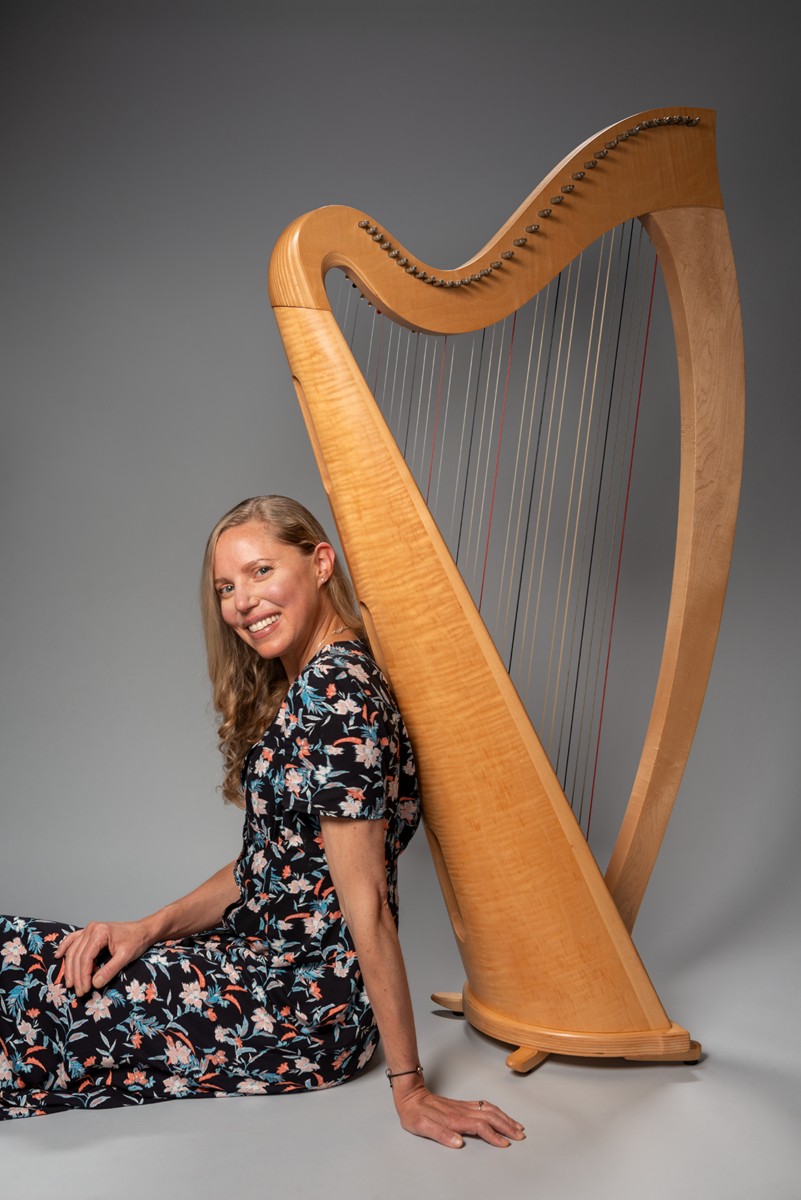
Abigail Horn
Abigail Horn, a computer scientist at the USC Information Sciences Institute (ISI), played the harp semi-professionally for several years just after college. Strings are a reoccurring theme in Horn’s work. Years ago, she found inspiration in a string sculpture at the Detroit Museum of Art. It reminds her of her current work with network diagrams, mapping things like the U.S. food system, understanding how local food environments affect eating behaviors and nutritional health.
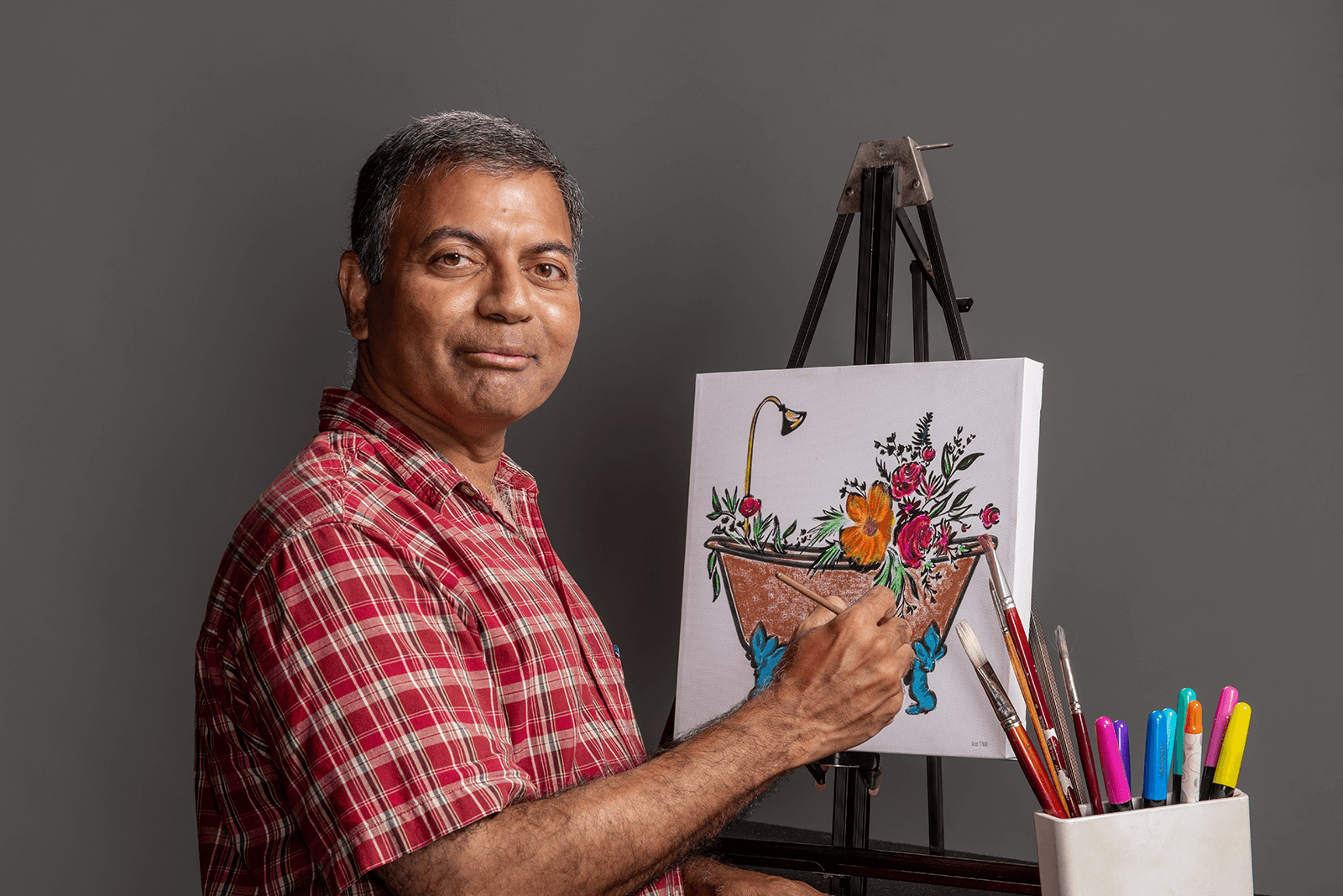
Saty Raghavachary
Saty Raghavachary, an associate professor of computer science practice, loves to draw and paint using unusual surfaces and pigments: plastic plates, sales receipts, alcohol inks and liquified crayons. The former Dreamworks Feature Animation software developer also likes to use CG to simulate natural phenomena such as water flowing, fire burning or objects breaking.
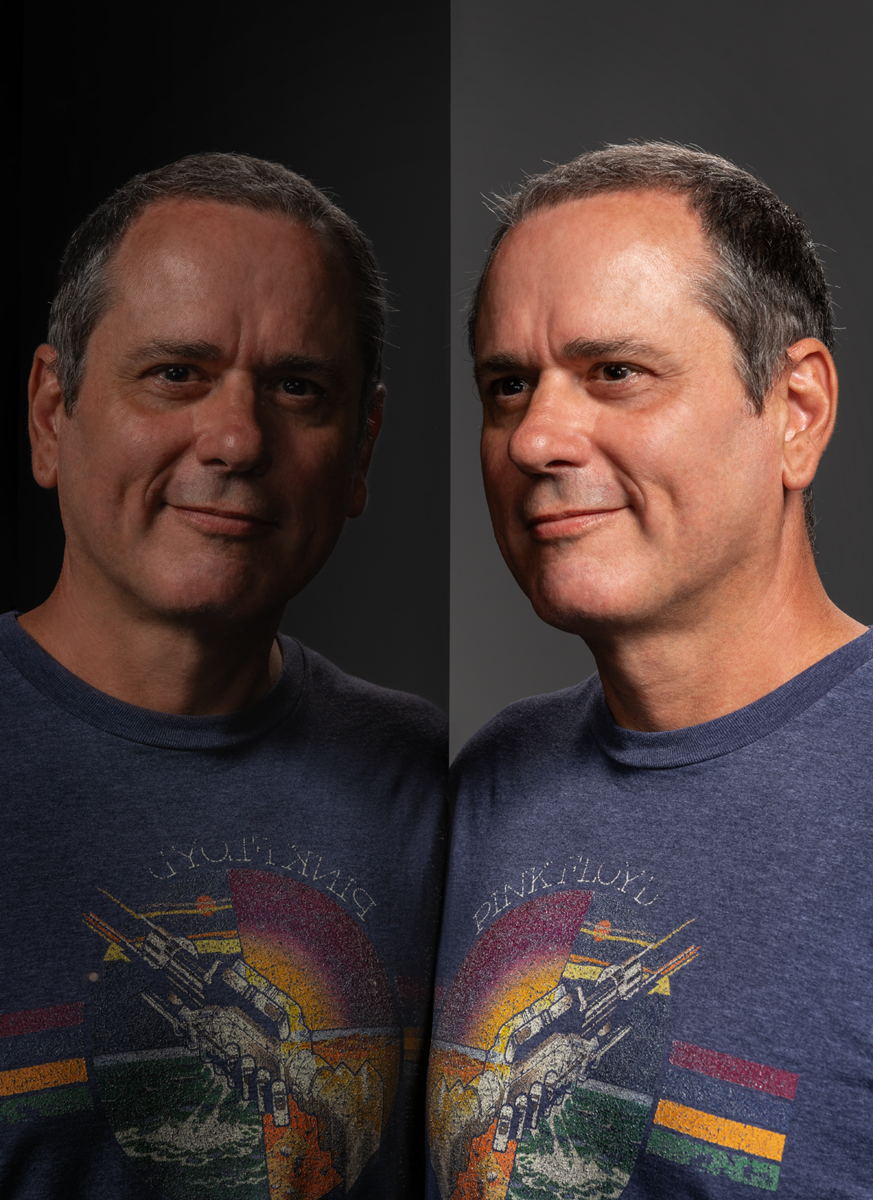
Federico Spedalieri
A fan of M.C. Escher’s “Relativity,” Federico Spedalieri recognizes that “sometimes things need to be looked at from different angles to be understood.” As operational director of the USC Quantum Computing Center, Spedalieri co-authored the first peer-reviewed scientific paper that proves “entanglement” — Einstein’s “spooky actions at a distance” — in USC’s D-Wave quantum processors.
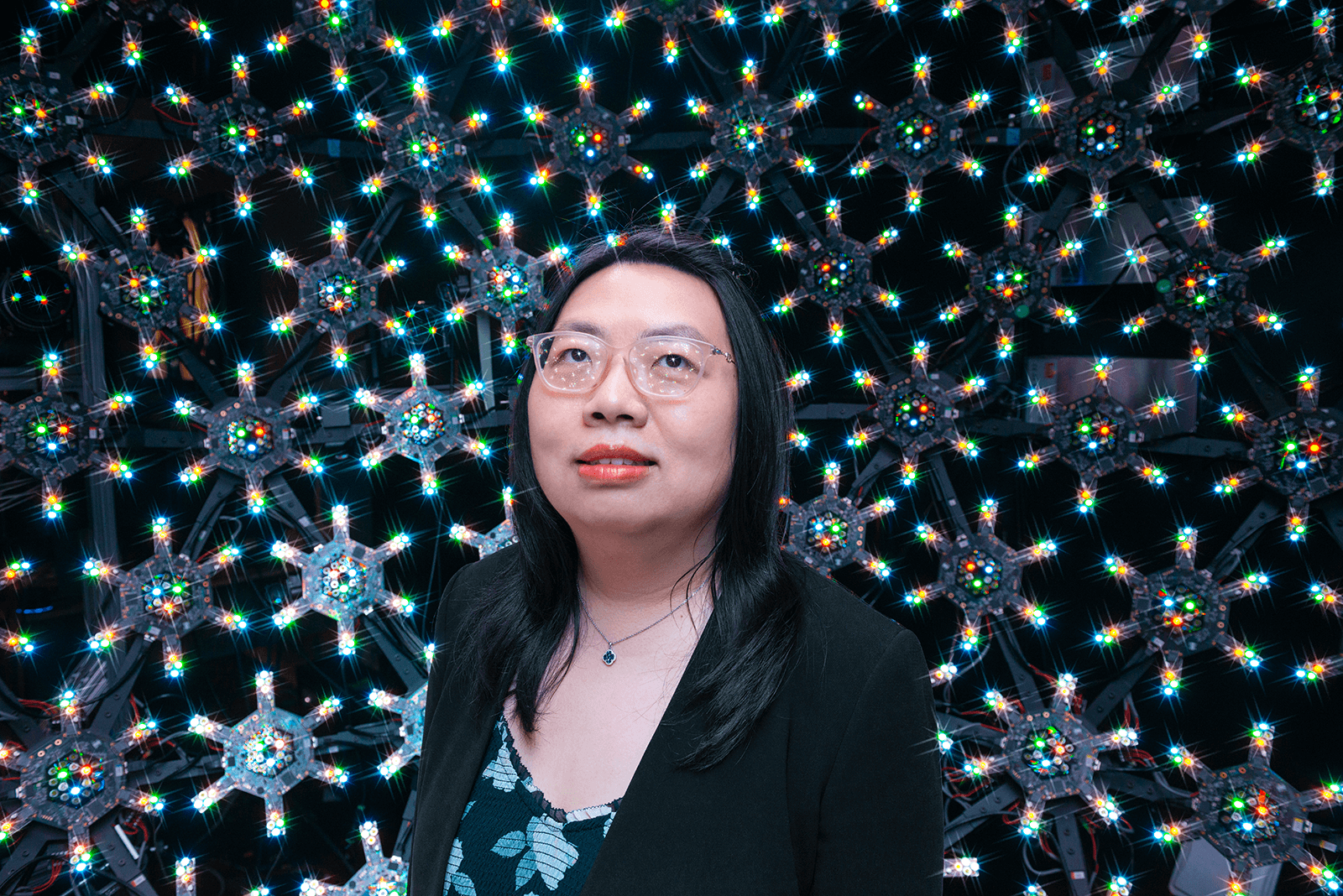
Yajie Zhao
As director of the renowned Vision & Graphics Lab at the USC Institute for Creative Technologies, Yajie Zhao oversees the Light Stage, which has been used to create photorealistic virtual humans for nearly 50 films and TV shows, including “Avatar.” Zhao aims to “design AI solutions for 3D content creation for a virtual world.”

Keith Burghardt
Computer scientist Keith Burghardt collects propaganda posters. They remind him of his work at the USC Information Sciences Institute (ISI) on how internet propaganda drives extremism and disinformation. He has developed techniques to detect hateful subreddits and quantified how the usage of hate keywords on Twitter nearly doubled after Elon Musk bought X, formerly Twitter.
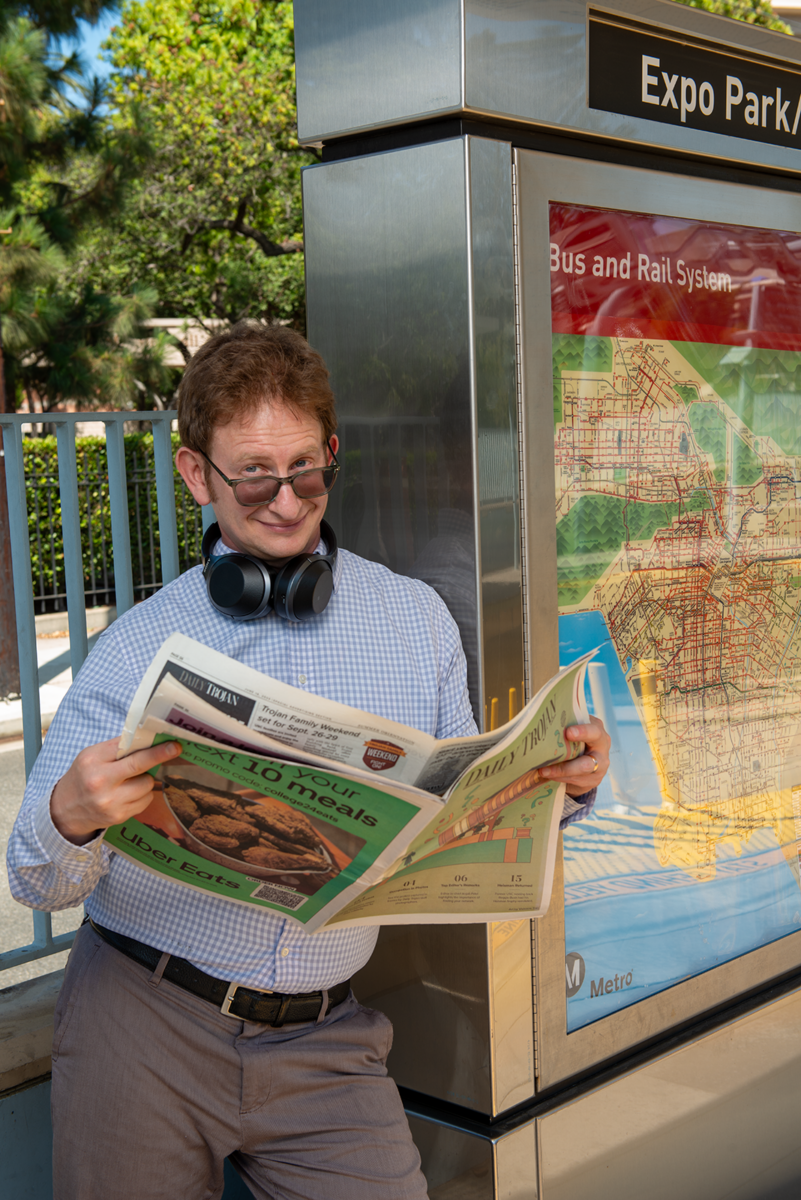
Jonathan May
Jonathan May, principal scientist at USC Information Sciences Institute (ISI) is fascinated by languages – particularly, languages others don’t study or focus on. Among his projects: teaching an AI agent named Cicero to be strategic but persuasive in the board game Diplomacy; and personalized chatbots that act as your personal representative or learn improv comedy.
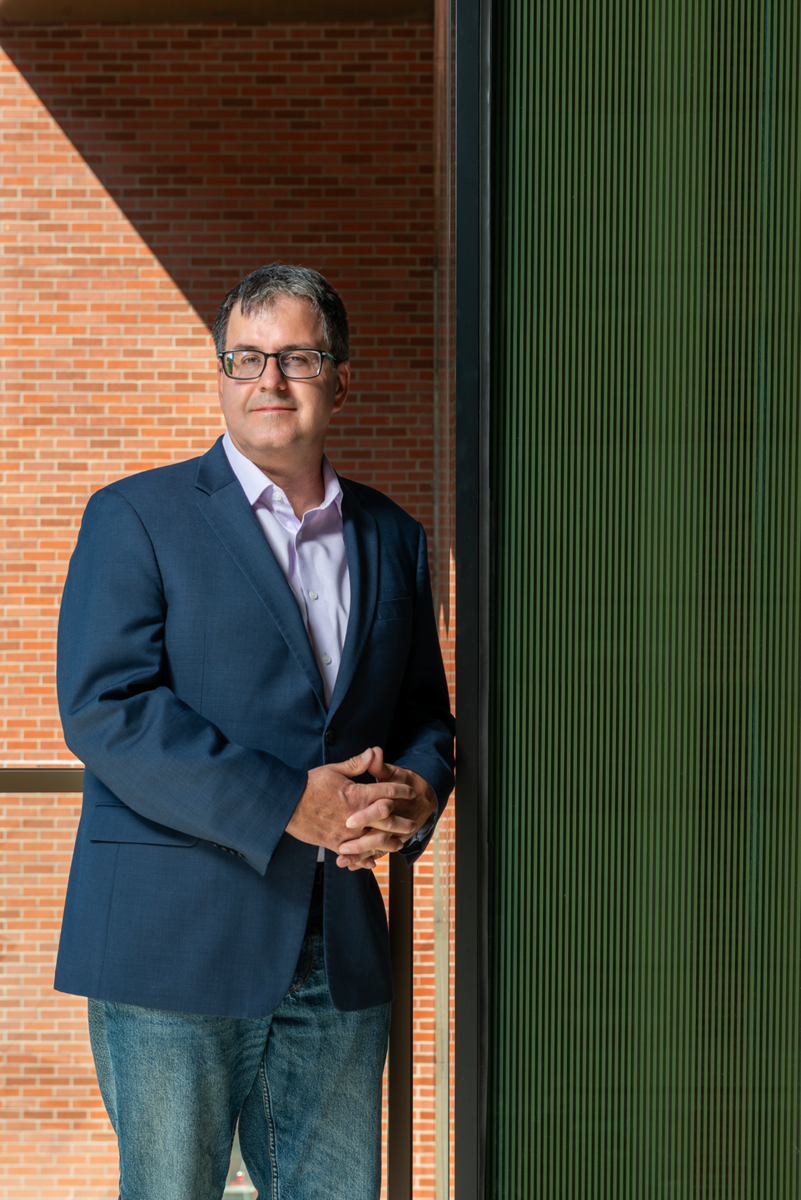
Remo Rohs
In October 2024, the Nobel Prize in Chemistry was received by three scientists who used AI and computing to predict the shape of proteins and invent new ones. For Professor Remo Rohs, the founding chair of the USC Dornsife Department of Quantitative and Computational Biology, it was not a surprise: “I believe that all fields of biology will become increasingly reliant on computers, databases, mathematics and statistics. That’s why I call our department ‘a biology department of the 21st century.’ And from a different perspective: ‘an engineering+ department where the + encompasses biology and medicine.’”
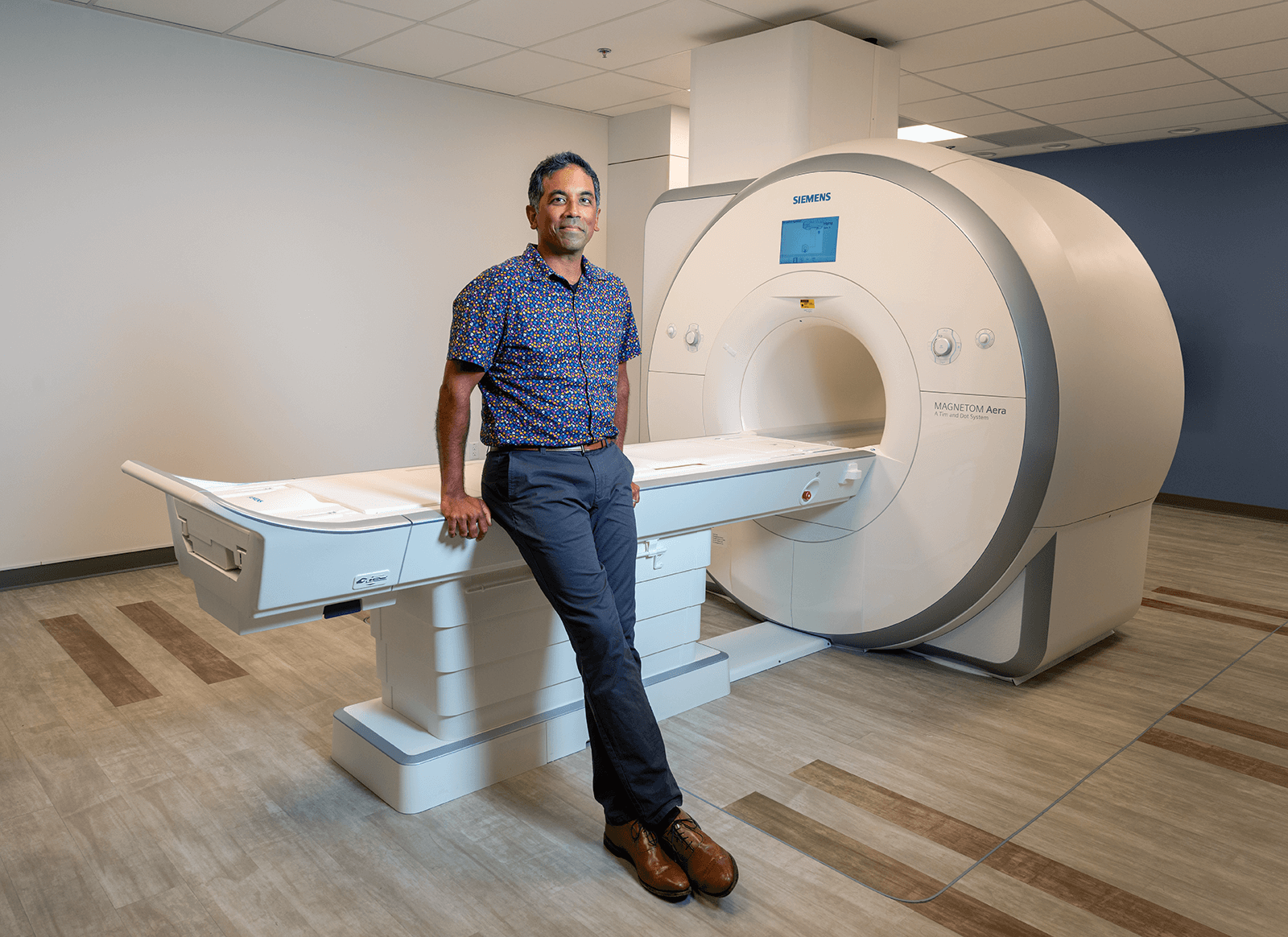
Krishna Nayak
Led by Krishna Nayak, Dean’s Professor of Electrical and Computer Engineering, the Dynamic Imaging Science Center (DISC) houses a unique, high-performance, low-field MRI — one of only three of its kind in the world. “Low-field MRI has the potential to drive down the system cost and physical footprint so that MRI technology can be more accessible and reach more patients in need,” said Nayak.
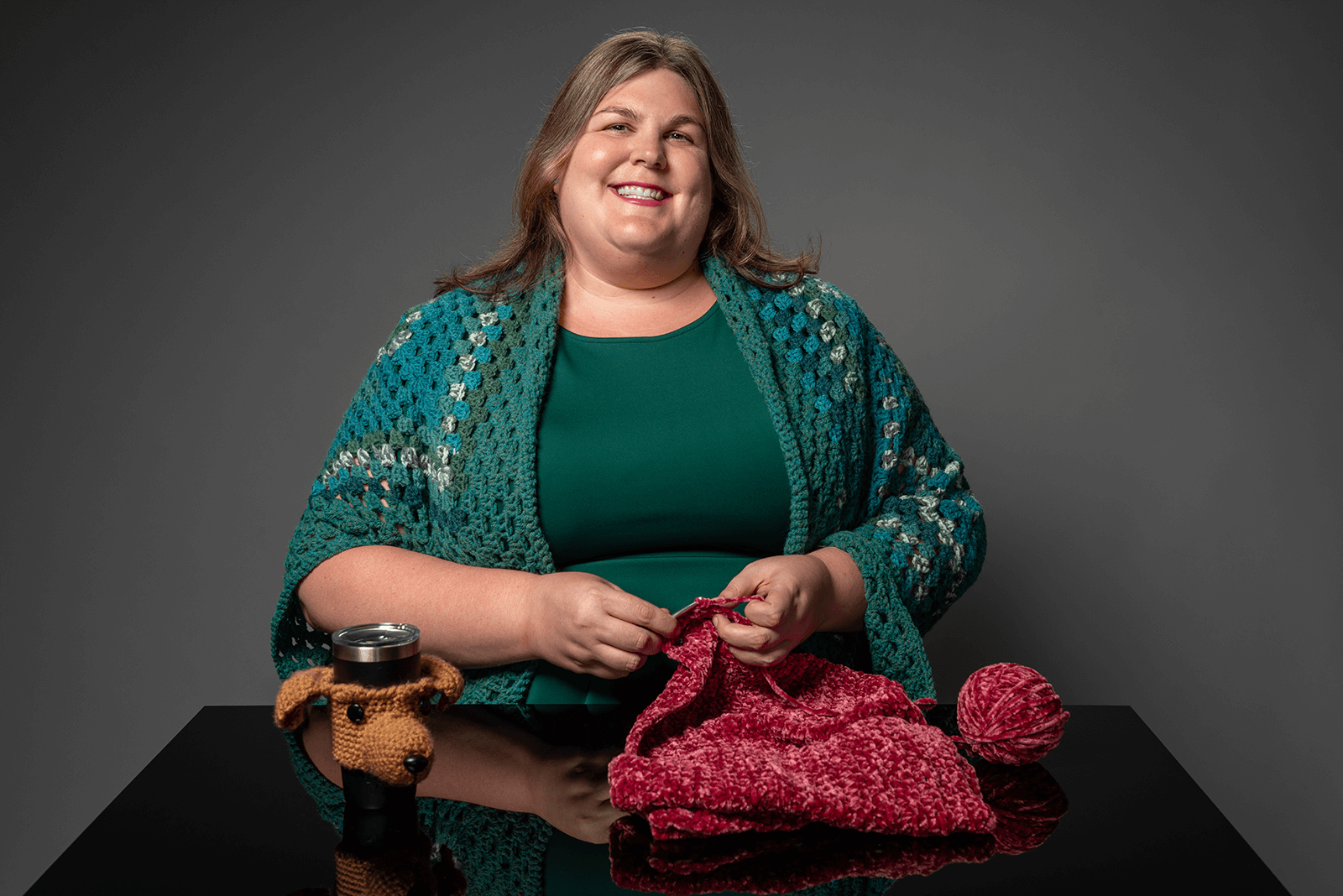
Heather Culbertson
Heather Culbertson, WiSE Gabilan Assistant Professor of Computer Science, finds joy in tactile sensations like crocheting. Her work in virtual touch allows virtual environments to feel as real as the actual world. In 2016, her lab pioneered a virtual haptics sleeve that simulates the caress of a loved one using $10 voice coils.




